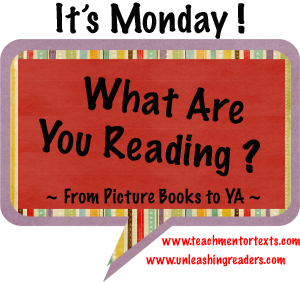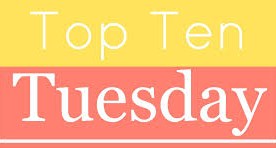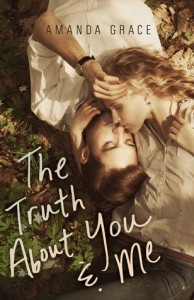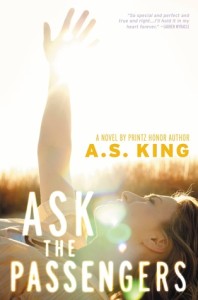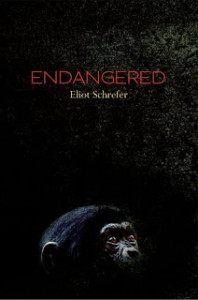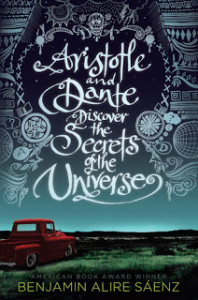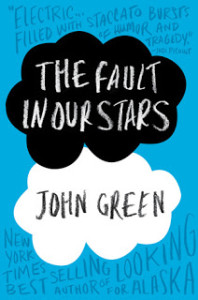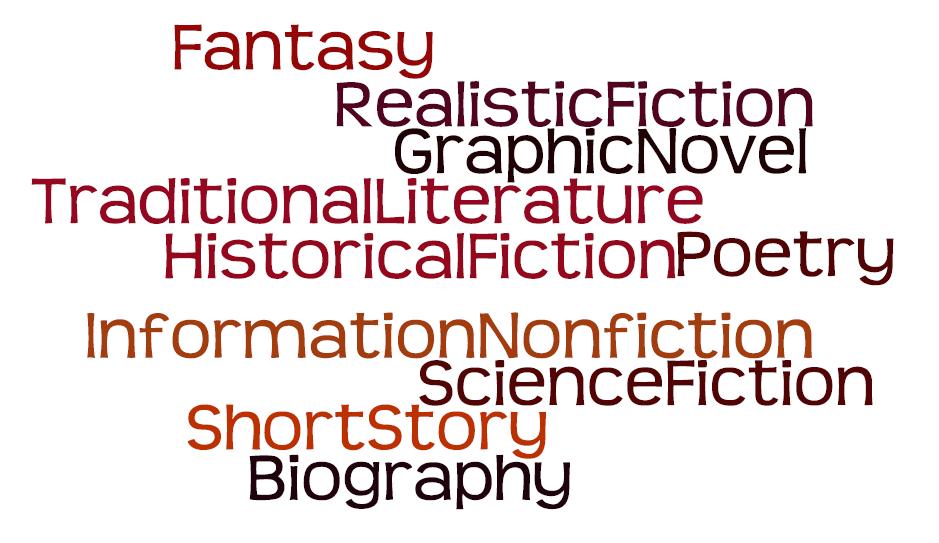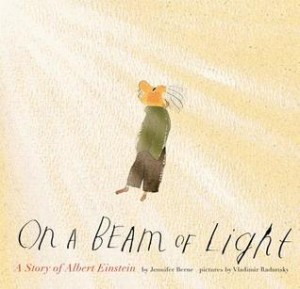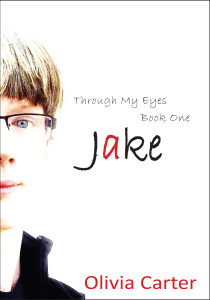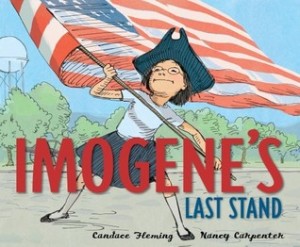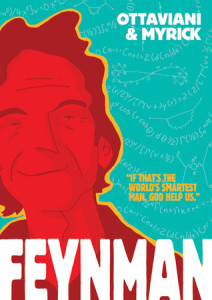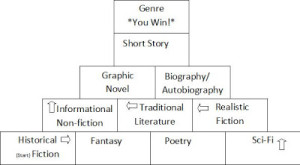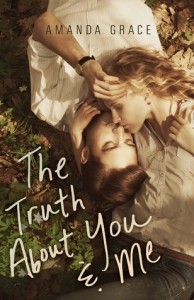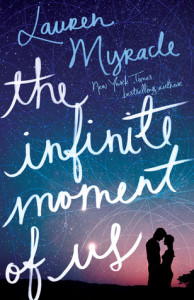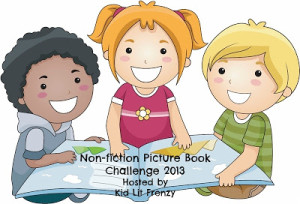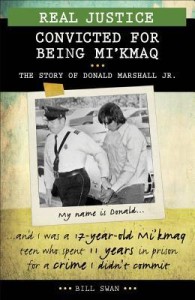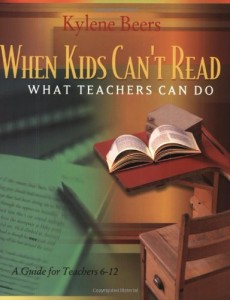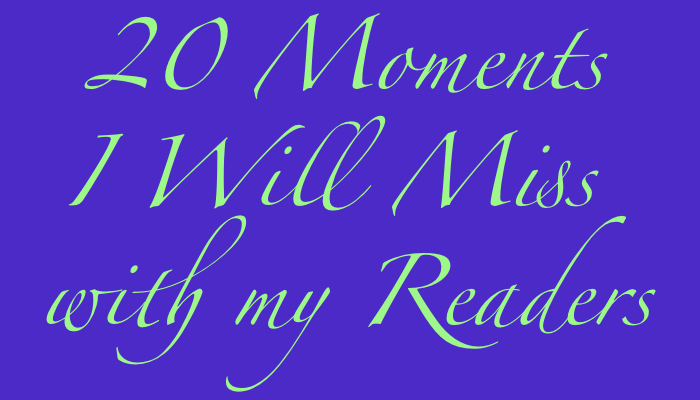It’s Monday! What Are You Reading? From Picture Books to YA!
It’s Monday! What are you Reading? is a meme hosted by Sheila at Book Journeys. It is a great way to recap what you read and/or reviewed the previous week and to plan out your reading and reviews for the upcoming week. It’s also a great chance to see what others are reading right now…you just might discover the next “must-read” book!
Jen Vincent, of Teach Mentor Texts, and Kellee decided to give It’s Monday! What Are You Reading? a kidlit focus. If you read and review books in children’s literature – picture books, chapter books, middle grade novels, young adult novels, anything in the world of kidlit – join us! We love this meme and think you will, too.
We encourage everyone who participates to support the blogging community by visiting at least three of the other book bloggers that link up and leave comments for them.
Last Week’s Posts
**Click on any picture to view the post**
Last Week’s Journeys
Kellee: Wow – this was a crazy week for me. First, I had a two day training on the new mandated curriculum for my county’s reading classes. Then, on Wednesday I did 6 hours of online training followed by a 6 hour drive to South Florida for a Lifetouch Yearbook Workshop on Thursday and Friday. Then on Friday I drove the 6 hours back home. The training and workshop led to me working all day and really frying my brain! This meant, it wasn’t until Saturday that I did any reading for pleasure. Since then I finally finished Feynman and also read The Salem Witch Trials: An Unsolved Mystery from History by Jane Yolen and Barbed Wire Baseball by Marissa Moss which were both really, really great nonfiction picture books. I’ll be reviewing all of these for you later.
Ricki: This week, I finished Double Vision by F.T. Bradley. It was a great middle grade book that will be enjoyable to kids who love adventure and investigative stories. I agreed to participate in a blog tour for the book in October, so I will share more about it then! I also read Jake by Olivia Carter. It was one of those books that kept me guessing about plot details. I can see 8th-9th graders enjoying it. Stop back on Thursday for the review and a book giveaway!
Lastly, I finished The Nazi Hunters by Neal Bascomb. This was an incredible work of narrative nonfiction. I am a tough critic when it comes to nonfiction because I find I become easily disengaged. I stayed up until late in the night, reading about the Nazi Hunters who were seeking to capture Adolf Eichmann, one of the leading organizers during the Holocaust. I will post a review on August 22nd (next Thursday), but be sure to get your hands on this one when it is published on August 27th. It will change many of your fiction-loving students into nonfiction believers.
This Week’s Expeditions
Kellee: Back to school, back to school, jiggity jig! I know I have not been reading very much, but I know it is going to slow down even more now that school is starting again. Also, with car pooling (which I hope to do with 2 different people as much as possible this year) I know that audiobooks are a no-go this year. So, much of my reading right now is just going to be day-to-day. My plan for my next book is Rump by Liesl Shurtliff followed by Doll Bones by Holly Black. I also have 2 picture books to read: Unicorn Thinks He’s Pretty Great by Bob Shea and The Day the Crayons Quit by Drew Daywalt.
Ricki: This week, I plan to tackle more professional development reading. I received a copy of Black Ants and Buddhists by Mary Cowhey. I believe it is aimed for elementary school teachers, but I am teaching a cohort of elementary school students this semester, and this is the course’s required reading. I’ve heard great things. Has anyone else read this one? I also want to read Into that Forest by Louis Nowra. I signed up for the ARC on NetGalley because the summary looked so neat! I’ve never read a book with a setting in the Tasmanian bush! This one is due to be published on September 3rd.
Upcoming Week’s Posts
So, what are you reading?
Link up below and go check out what everyone else is reading. Please support other bloggers by viewing and commenting on at least 3 other blogs. If you tweet about your Monday post, tag the tweet with #IMWAYR!
Click "Add your link" to link up:
